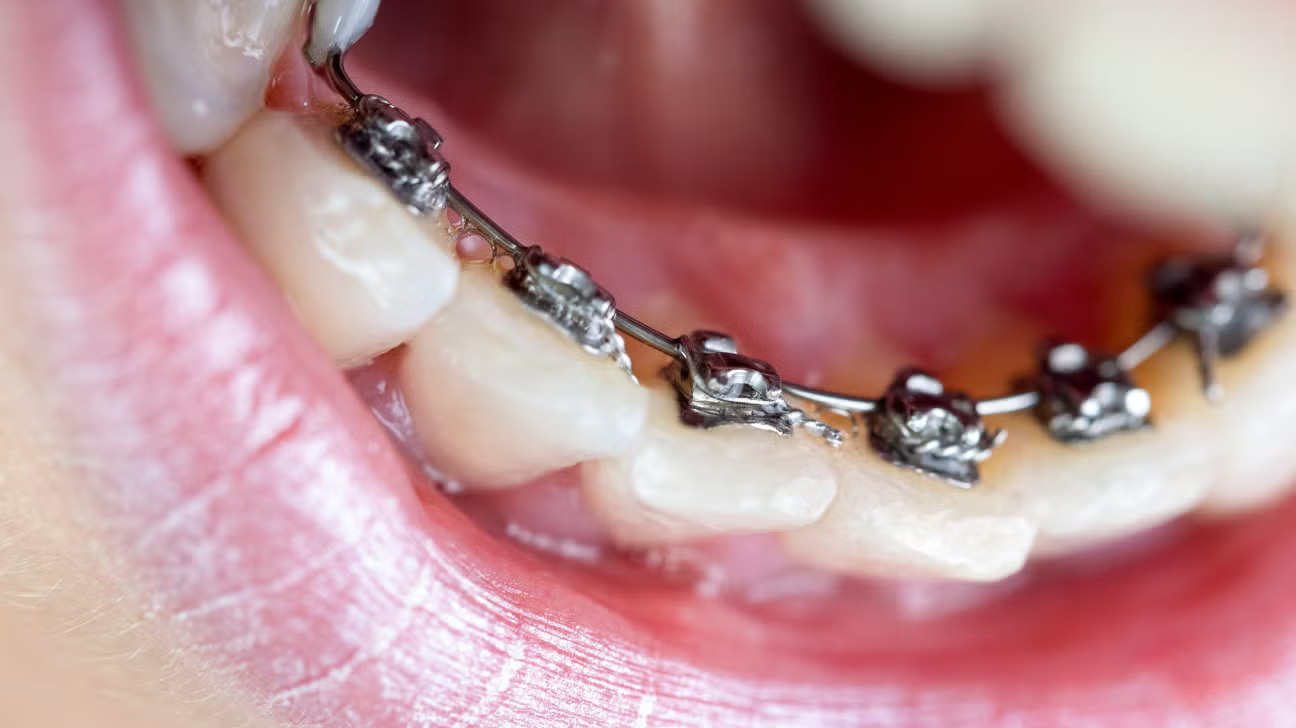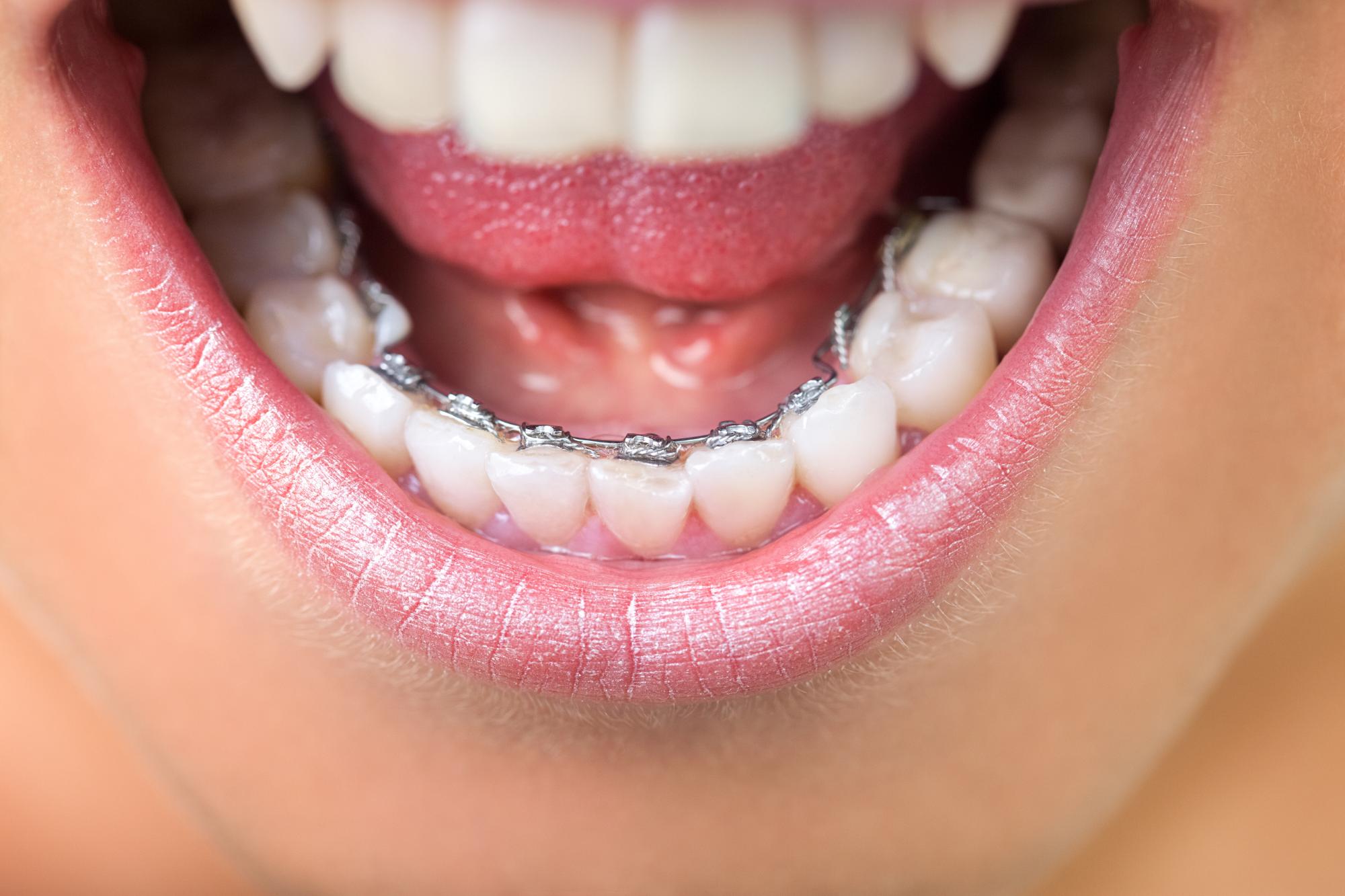Lingual braces are a modern orthodontic solution that straighten teeth using brackets and wires placed on the inside (tongue side) of the teeth, making them virtually invisible from the outside. This treatment offers the same effective results as traditional braces, but with the benefit of complete discretion—ideal for adults and teens concerned about aesthetics during orthodontic care.
The main advantage of having lingual treatment lies in the fact that your braces are non visible. If someone carefully looks into your mouth they may catch a glimpse of your appliance (especially if you're wearing them on your lower teeth). But otherwise they're not easily detected. If you feel that wearing conventional braces would simply be too embarrassing, this is one of the "invisible" orthodontic methods (see box below) that you might consider.

Your orthodontist will take digital impressions and X-rays to evaluate your bite and determine if lingual braces are suitable.
Brackets are custom-designed to match the inner contours of your teeth and are fabricated in a specialized dental lab.
The braces are bonded to the back surfaces of your teeth, and the archwire is threaded to begin gentle tooth movement.
Regular visits are scheduled to monitor progress and adjust the braces for optimal alignment.
Once your teeth have moved into their desired positions, the braces are removed and a retainer is provided to maintain your results.

Initially, they may cause tongue irritation or affect speech slightly, but most patients adjust within a few weeks.
Similar to traditional braces—typically between 18 to 36 months, depending on the complexity of your case.
Yes, because they are custom-made and require specialized expertise, they generally cost more than traditional braces.
They are suitable for most adults and teens, but not ideal for patients with very small teeth or certain bite conditions. Your orthodontist will determine eligibility.